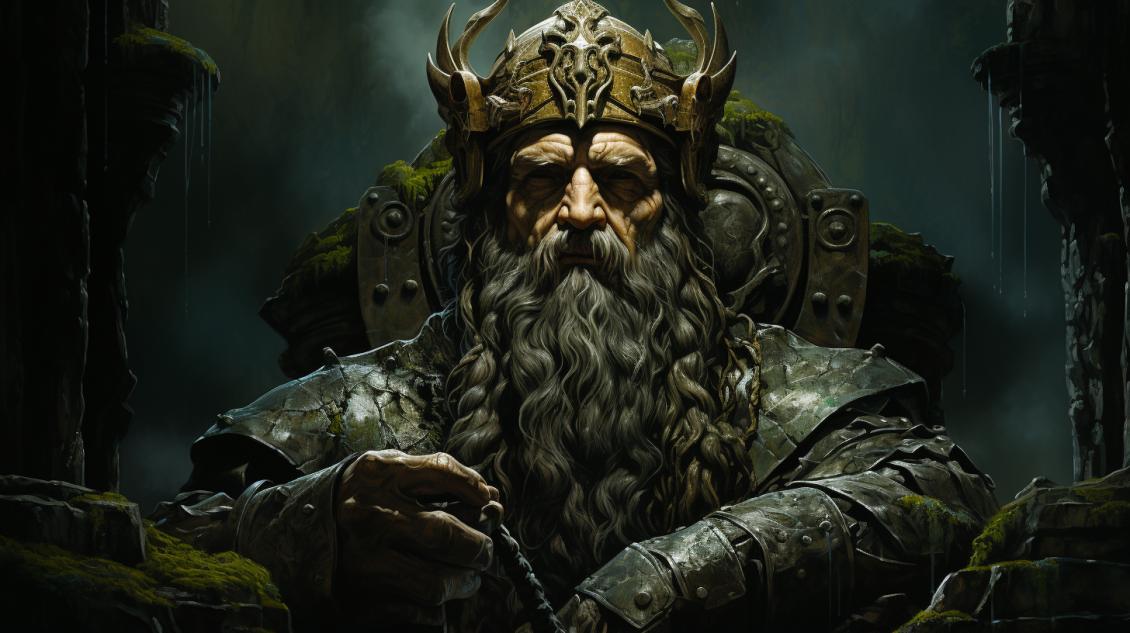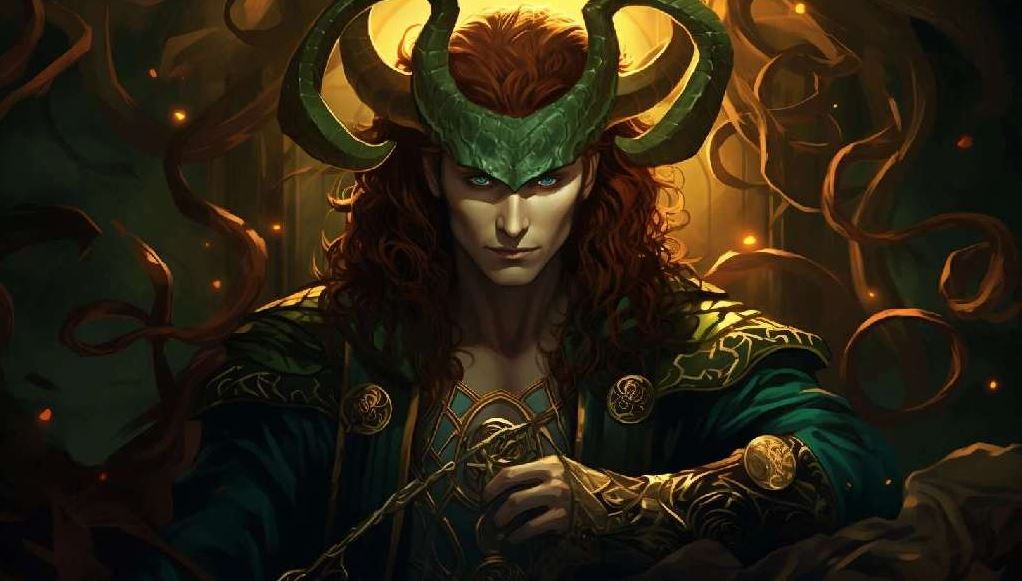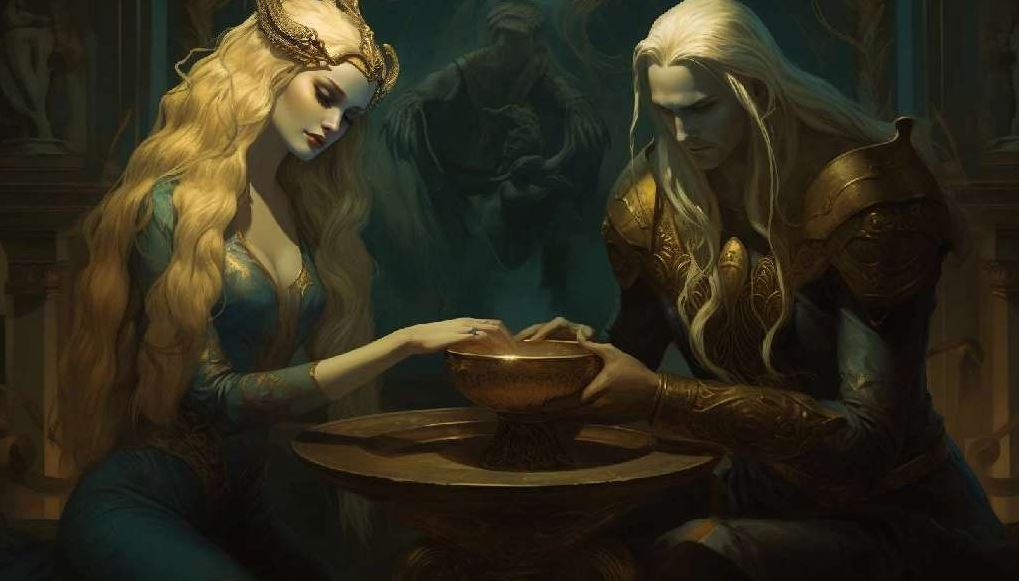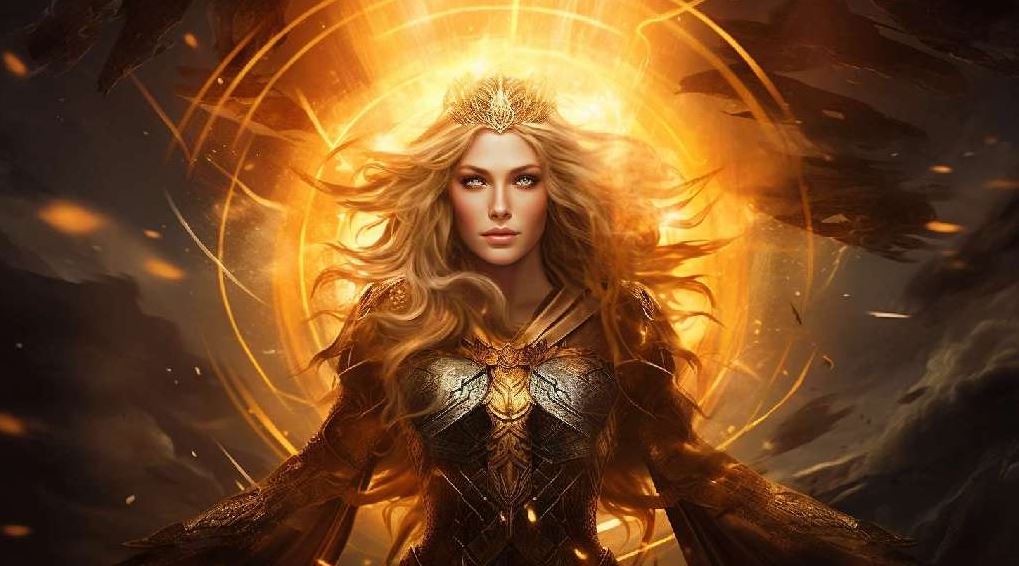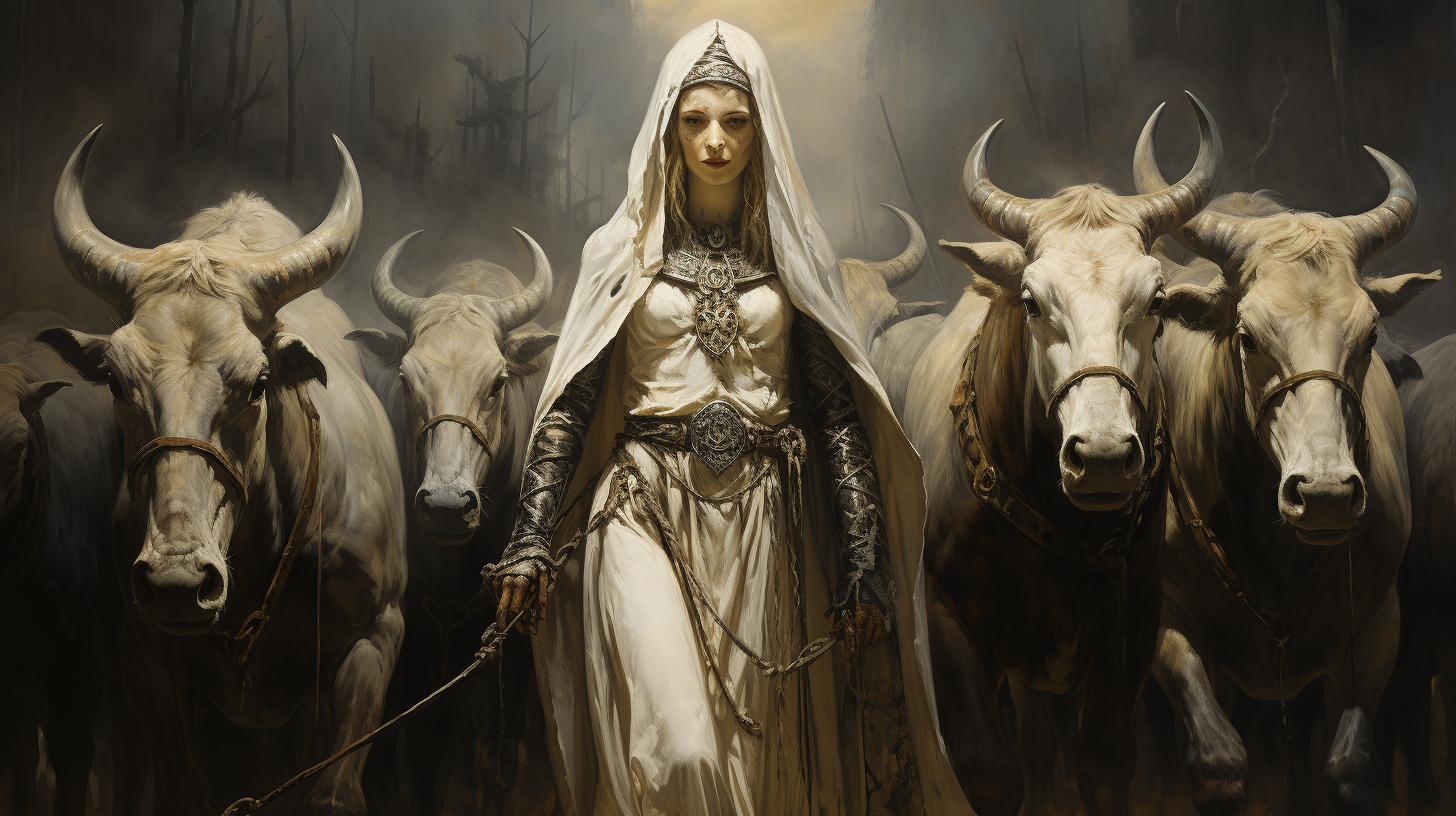Mimir Norse God: Unraveling the Wisdom and Legend of the Norse Mythology Deity
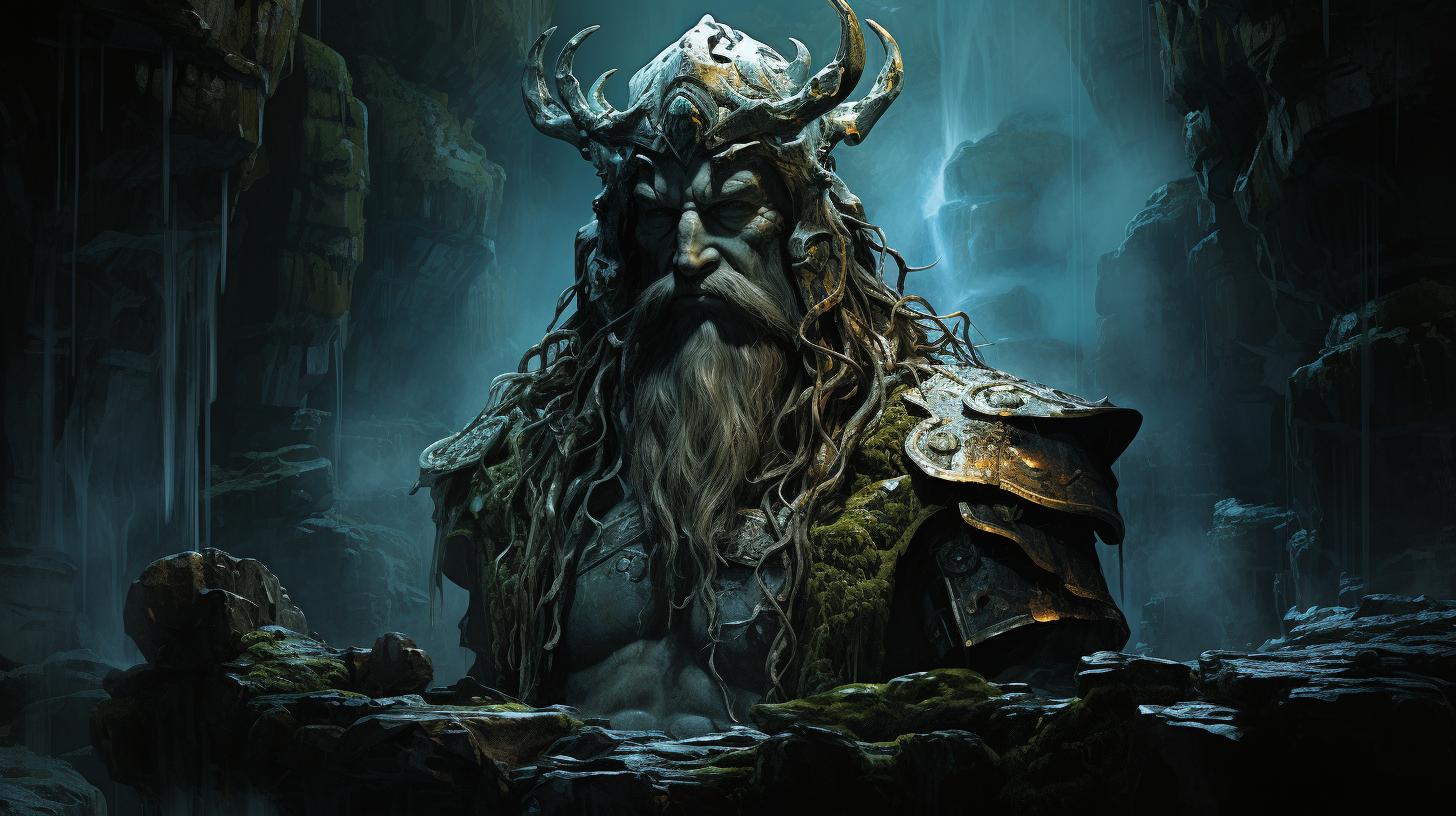
Mimir, the wise Norse god, holds a significant place in Norse mythology. Known for his unmatched wisdom and counsel, Mimir is believed to be an ancient deity, often depicted as a bodiless head atop a well.
His role in the Aesir-Vanir War, where he served as a hostage and advisor, further highlights his importance. With his decapitated head preserved and protected by Odin‘s magic, Mimir’s wisdom continues to guide the gods.
This article explores Mimir’s origins, his role in Norse literature and art, and the invaluable knowledge he imparts to the gods.
Mimir: The Wise Norse God
Mimir, the revered Norse god, stands as a symbol of wisdom and sagacity in Norse mythology. Delving into the deep realms of ancient Norse lore, Mimir holds a significant place as one of the most esteemed deities among the Aesir.
This section explores the origins of Mimir, his ethereal existence as a bodiless god, and his portrayal in the literature and art of the Norse culture.
Origins of Mimir in Norse Mythology
At the heart of Norse mythology, Mimir emerges as a character of great significance. Although details regarding his exact origins remain elusive, he is often considered to be older than even the Aesir and Vanir gods.
It is believed that Mimir’s wisdom and counsel precede the creation of the world itself, positioning him as a timeless figure of immense knowledge and guidance.
Mimir: The Bodiless God and his Wisdom
An intriguing aspect of Mimir’s existence is his ethereal nature as a bodiless god. Following the events of the Aesir-Vanir War, his head was severed and became a potent symbol of wisdom.
Preserved and enchanted by Odin, Mimir’s head continued to possess the ability to speak and offer unparalleled counsel to the gods. Mimir’s wisdom transcends the boundaries of physical form, illuminating the depths of his sagacity.
Mimir in Ancient Norse Literature and Art
Mimir’s enigmatic presence permeates the rich tapestry of ancient Norse literature and art. In literary works like the Prose Edda and the Poetic Edda, Mimir is depicted as a head that resides atop a well at the foot of Yggdrasil, the mystical Tree of Life.
His enduring wisdom and association with the wellspring of knowledge makes him a compelling subject for Norse artists, who skillfully capture his essence in various visual representations.
From illuminated manuscripts to intricate carvings, Mimir’s influence extends beyond the written word, captivating the imagination of those who glimpse his visage. The awe-inspiring image of Mimir’s head, resting beside the ever-flowing waters of his well, grants a glimpse into the infinite wisdom he possesses.
The Aesir-Vanir War and Mimir’s Role
During the Aesir-Vanir War, Mimir played a significant role as both a hostage and advisor to the rival gods. This conflict arose between two powerful groups of deities, the Aesir and the Vanir, and Mimir found himself in the midst of it all.
Mimir as a Hostage and Advisor during the War
Mimir’s exceptional wisdom and knowledge made him a coveted figure in the war. The Vanir captured Mimir and utilized him as a bargaining chip to gain leverage over the Aesir. As a hostage, Mimir’s insight and counsel became crucial in guiding the decisions and strategies of the gods.
Mimir’s Decapitation and Preservation
In a gruesome turn of events, Mimir met a tragic fate during the war. The Vanir, seeking to assert their dominance, decapitated him. However, his head was not discarded but instead placed at the base of the mighty Yggdrasil, the tree of life.
Thanks to Odin‘s powerful magic and the use of herbs, Mimir’s head remained preserved and still possessed the ability to speak. Despite being lifeless, Mimir’s severed head became a symbol of wisdom and knowledge.
The Symbolism of Mimir’s Head and Well
The imagery of Mimir’s head placed by the sacred well, known as Mímisbrunnr or Mimir’s Well, holds deep symbolism. It represents the connection between wisdom, knowledge, and the life force that flows through Yggdrasil, the tree of life.
Mimir’s Well is believed to be the source of infinite knowledge, and his decapitated head serves as a constant reminder of the importance of wisdom in the Norse pantheon.
- Mimir’s head: A symbol of wisdom and knowledge
- Mimir’s Well: The source of infinite knowledge
Mimir’s Wisdom and Influence
Mimir, the wise Norse god, exudes unparalleled wisdom and holds a significant influence in Norse mythology. This section explores the different aspects of Mimir’s wisdom and his vital role in guiding the gods.
Mimir’s Well: The Source of Infinite Knowledge
At the heart of Mimir’s wisdom lies his well, known as Mimir’s Well or Mímisbrunnr. This sacred water source is believed to be the origin of his infinite knowledge. According to Norse mythology, Odin sacrificed one of his eyes in exchange for a drink from Mimir’s Well, thus attaining profound wisdom and foresight that shaped the destiny of the gods.
Mimir as a Guide for the Gods
Mimir’s extensive knowledge and deep understanding of the ancestral traditions make him an invaluable advisor and guide for the gods. They seek his counsel to make informed decisions and navigate the complex realms of existence.
Mimir’s wisdom helps the gods understand the consequences of their actions and offers them a glimpse into the volatile future.
Mimir’s Contribution to Norse Tradition and Culture
Mimir’s wisdom holds immense significance in Norse tradition and culture. His counsel helps maintain the collective knowledge and wisdom acquired over generations. Mimir’s influence ensures the gods do not stray far from their roots and traditions, preserving the richness of Norse mythology and ensuring its continuity throughout the ages.
His role as a protector of ancestral wisdom cements his place as a revered figure in Norse mythology.
Frequently Asked Questions about Mimir Norse God
What is the significance of Mimir in Norse mythology?
Mimir holds immense significance in Norse mythology as the epitome of wisdom and knowledge. He is revered as the wisest of the Aesir gods and serves as a valuable counsel to them.
Mimir’s preserved head, symbolizing his wisdom, stands as a timeless reminder of the importance of seeking knowledge and guidance.
How did Mimir acquire his wisdom?
Mimir’s wisdom is attributed to his connection with the Well of Mimir, also known as Mímisbrunnr, where he resided. It is believed that in exchange for a drink from this sacred well, he sacrificed one of his eyes, thereby gaining profound knowledge.
This act demonstrates his dedication to understanding the secrets of the universe and the depths of wisdom.
Is Mimir considered a god or a spirit?
Mimir is considered a god in Norse mythology. As a member of the Aesir, he possesses divine attributes and plays an active role in the affairs of the gods. Despite being beheaded, his preserved head continues to exert influence and offer unparalleled guidance, solidifying his status as a deity.
What role did Mimir play in the Aesir-Vanir War?
During the Aesir-Vanir War, Mimir was taken as a hostage and utilized as a bargaining chip between the rival gods. His unmatched wisdom and counsel made him an invaluable asset. Although he was eventually decapitated by the Vanir, his strategic advice and guidance played a crucial role in the outcome of the war.
Where is Mimir’s Well located?
Mimir’s Well, also known as Mímisbrunnr, is believed to be the same as the Well of Urd. According to Norse mythology, it is located beneath one of the roots of Yggdrasil, the World Tree.
This well serves as the source of Mimir’s infinite knowledge and offers divine wisdom to those who seek its waters.
Gallery: Visual Depictions of Mimir in Norse Art
Visual depictions of Mimir in Norse art provide us with a glimpse into the mythical realm and the reverence bestowed upon this wise deity. Through various artistic representations, Mimir’s significance is captured, symbolizing wisdom, knowledge, and the connection between the realms.
1. Head Above the Well: One common depiction showcases Mimir as a detached head positioned above the legendary well, Mímisbrunnr. This portrayal emphasizes his intellectual aspect and the wisdom that flows from the depths of the well.
2. Tree of Life: Another prevalent motif incorporates Mimir’s presence alongside Yggdrasil, the cosmic tree that binds the nine realms of Norse mythology. As the head of Mimir rests near the roots of the tree, it represents the interconnection between wisdom and the very fabric of existence.
3. Odin‘s Sacrifice: Some artistic renditions depict the fateful moment when Odin sacrificed his eye to gain wisdom from Mimir’s well. The imagery highlights Odin‘s relentless pursuit of knowledge and the price he was willing to pay for it.
4. Carvings and Reliefs: Intricate carvings and reliefs on ancient artifacts often feature Mimir’s likeness. These artistic manifestations serve as a testament to the enduring importance of Mimir in Norse culture and the influence he held over the gods.
5. Symbolic Objects: Various objects associated with Mimir, such as drinking horns and amulets, are depicted in Norse art. These objects symbolize the connection to the god’s wisdom and the desire of individuals to seek enlightenment in their own lives.
Overall, the visual depictions of Mimir in Norse art provide a tangible representation of his wisdom and influence. They remind us of the rich mythological heritage and the enduring legacy of this intriguing god.
….

